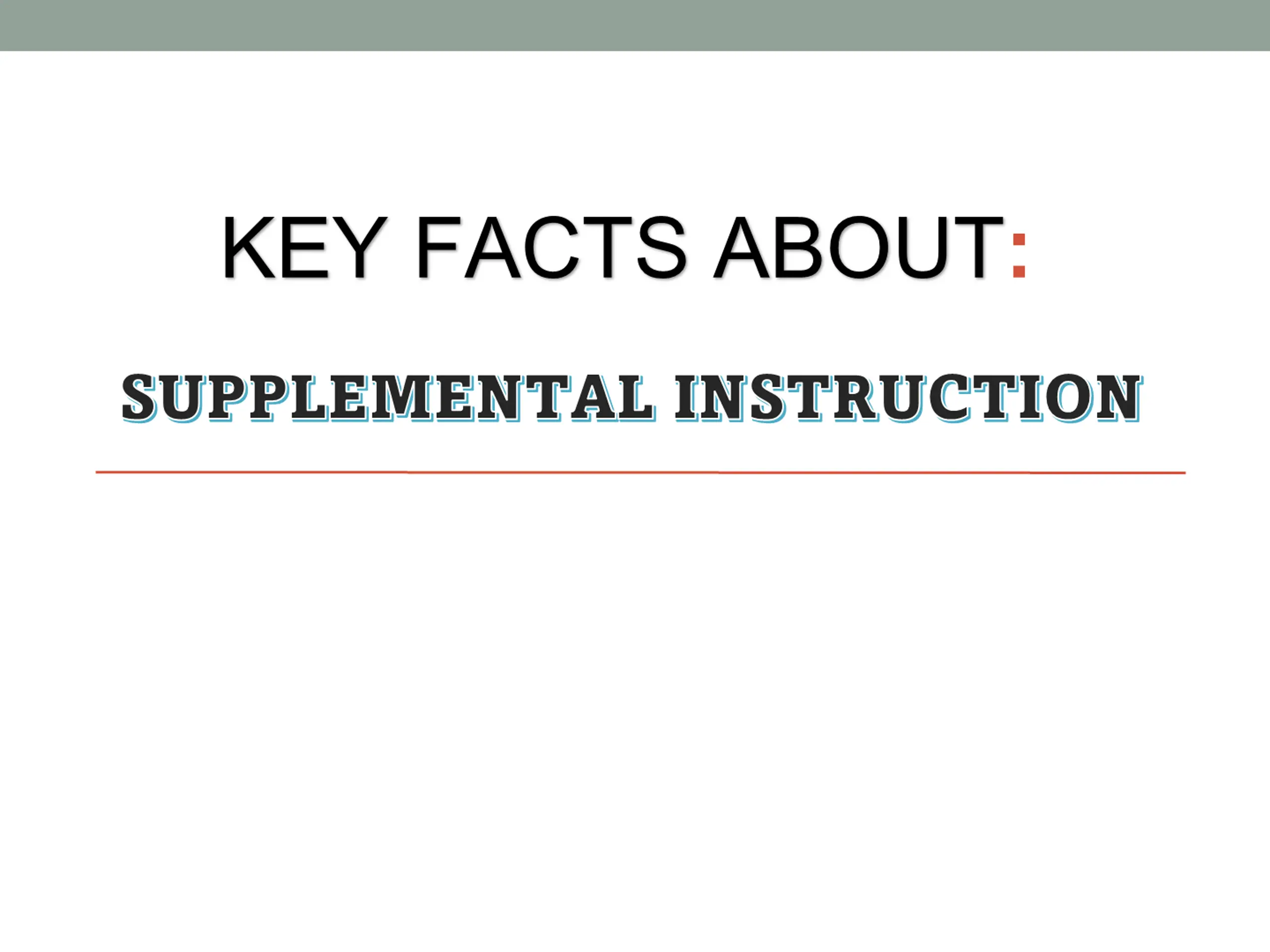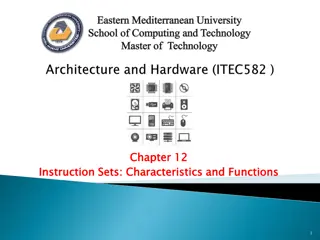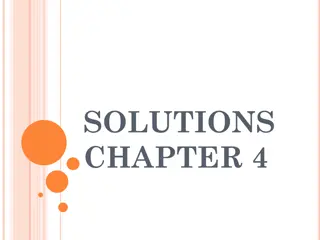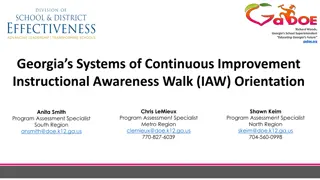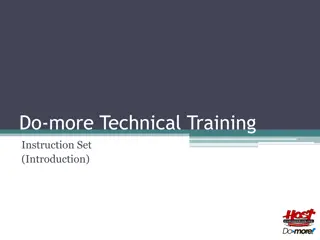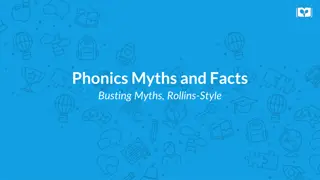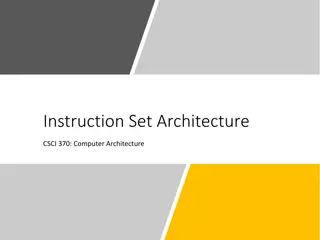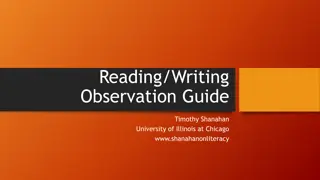Key Facts About Supplemental Instruction
Supplemental Instruction (SI) is student-led instruction for historically difficult courses, fostering collaborative learning and improving student performance.
Download Presentation

Please find below an Image/Link to download the presentation.
The content on the website is provided AS IS for your information and personal use only. It may not be sold, licensed, or shared on other websites without obtaining consent from the author.If you encounter any issues during the download, it is possible that the publisher has removed the file from their server.
You are allowed to download the files provided on this website for personal or commercial use, subject to the condition that they are used lawfully. All files are the property of their respective owners.
The content on the website is provided AS IS for your information and personal use only. It may not be sold, licensed, or shared on other websites without obtaining consent from the author.
E N D
Presentation Transcript
KEY FACTS ABOUT: SUPPLEMENTAL INSTRUCTION SUPPLEMENTAL INSTRUCTION
What is SupplementalInstruction? SI is student led instruction for entry level historically difficult courses, for the benefit of all students Different from tutoring Collaborative learning facilitated by an SI leader SI Leaders are students who have scored a B or higher in the course.
SI Purpose/Desired Outcomes Improve learning =break the dependency cycle Improve student performance =facilitate learning and earn higher grades Increase continued enrollment =be motivated and persist Increase retention =prevent withdrawal
Componentsof theSI Program Peer-facilitated review sessions; SI Leader attends lectures and/or meets with instructor Regularly scheduled, out-of-class, voluntary sessions Content and study skills integrated Faculty supported Extensive training and supervision of SI Leaders Key people: SI Leader, Instructor, Students, SI Supervisor
Regular Instructionvs.Supplemental Instruction (dependenceand independence) Instructional Paradigm Supplemental Instruction Learning is instructor- centered Learning is student- centered Learning is cumulative and sequential Learning is active and involving, collaborative Knowledge is stored and delivered Knowledge is constructed and shared
Edgar Dales Cone of Learning LearningtheoriesappliedtoSI EXPERIENCE & LEARNING CONE OF LEARNING WETENDTO REMEMBER . OURLEVELOF INVOLVEMENT Dale s Cone of Learning READING HEARING WORDS LOOKING AT PICTURES 10%of whatwe read 20%of whatwe hear Verbal receiving 30%of whatwe see WATCHING AMOVIE LOOKINGATAN EXHIBIT 50%of what we hear & see Visual receiving Skinner s behavioral theories for scheduled reinforcements WATCHING ADEMONSTRATION SEEING IT DONE ONLOCATION PARTICIPATING IN DISCUSSION 70% of what wesay Receiving and participating GIVING ATALK DOINGADRAMATIC PRESENTATION SIMULATING THE REAL EXPERIENCE 90%of what we both say anddo Doing DOING THE REALTHING Piaget and Ericson s developmental theories Brunner s learning by categorizing Bandura s self-efficacy
MorelearningtheoriesappliedtoSI Vygotsky s scaffolding Freire s student empowerment Asubel s advanced organizer Others: Maslow Keller and Polya Bloom Chickering and Gagne Kolb Knowles
What takes place in an SI session? What students do: socially interact explore, apply, integrate the topic or topics ask questions What students learn: organize information connect problems to real life situations analyze and question
HowtheSILeaderFacilitatestheSession andOrganizesTime Planning a session- every week they submit session plans examine topic points to consider generate a written plan Strategies used in the session Questions and answers Projects- examination of topic content Demonstrations Presentations Group sharing Emphasis on study skills
Benefitsof SI For Faculty ForUHD Receive feedback regarding class comprehension of content and materials Produce more academically prepared students Receive higher student satisfaction Higher ratings on student evaluations, even with larger class size Improves learning outcomes Boosts retention and graduation rates Develops leaders Is cost effective
Benefitsof SI (continued) For Students For SI Leaders Development of leadership skills Experience of group facilitation Increased knowledge of course content Improved learning skills Resume booster Closer relationships with instructors Higher grades Better understanding of course content Better study habits Higher likelihood of success in other courses
Getting an SI Leader to Class Factors involved: Historically difficult/needy courses Courses with a history of high W,D and F Gatekeeper courses Availability of funding Availability of SI leaders Process involved: Request potentially successful students to apply to be SI leaders Application is online, in the SI website Interviews for SI Leader(s) take place; selection is made SI Leader is hired by ESO (can take up to 1 month) SI leader is trained for 21 hours before semester begins Continuous training and support from mentors, SI program and Academic support services
Courses Utilizing SI Leaders Spring 2023 MATH 1301 MATH 1505 MATH 1324 MATH 2401 CS 1410 CS 1311 CS 2410 DATA 2401 BIO 1301 BIO 1302 CHEM 1307 CHEM 1308 CHEM 1305 CHEM 2301 CHEM 2302 POLS 2305 HIST 1305
SI LEADERS NEEDED FOR FALL 2023 There is need for SI leaders for Subjects below, plus others: Physics History Chemistry Political Science Math Computer Science Biology Data ++ others ****Refer students to apply to be SI leaders**** APPLY NOW Contact: The Learning Connection OMB S405 sprogram@uhd.edu
QuestionsandAnswers K W L kailitih@uhd.edu Asst. Director, Supplemental Instruction
